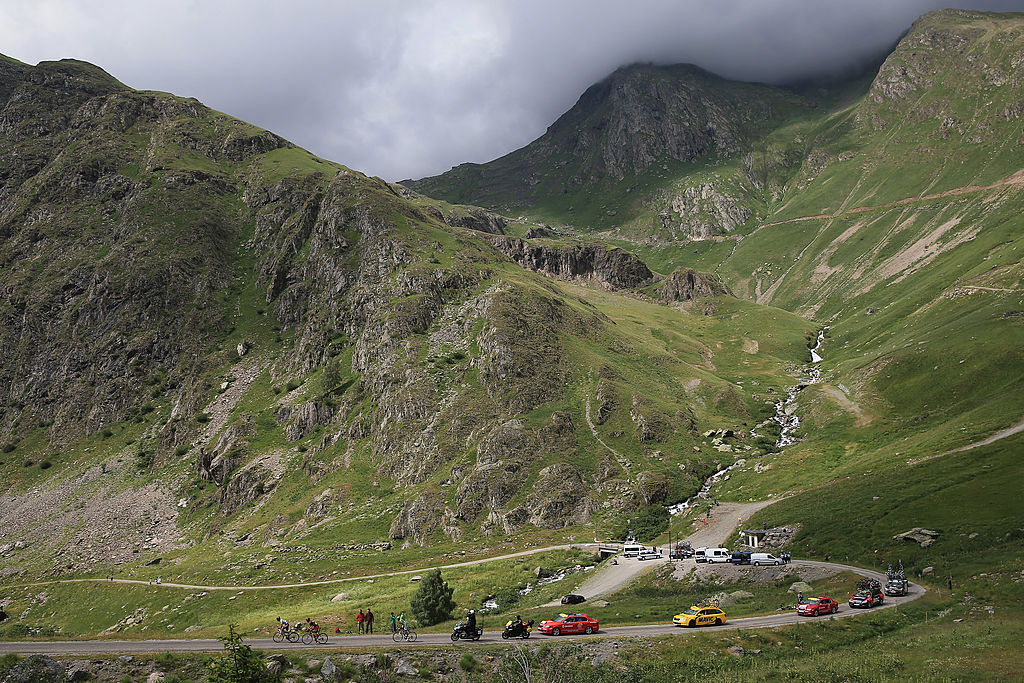What are smart bike lights, and do you really need them?
From lights that know what's around you, to self dimming options, to ones that have in-build theft alarms

In the same way that phones, watches, microwaves and fridges have all become smart and communicate with you, we have now hit the point where the best bike lights have gained somewhat of a technological sentience and become ‘smart’ lights.
With the advent of these smart lights, there actually comes a lot of highly useful features that have won me over from my love of more analog technologies such as mechanical shifting and rim brakes. So just what do these smart lights do that makes them so great?
Bike and groupset computer integration
This is something that is becoming more common and assists in allowing some of the future section to work fluidly. Some lights will now connect with the best bike computers or smart phones so that you can control the lights from there, without having to remove your hands from the bars or mess around looking at your rear light while moving.
The Magicshine Evo 1700 SD goes one further and pairs directly with Shimano Di2 groupsets allow you to control the light using the bonus buttons on your shifter hoods. This is
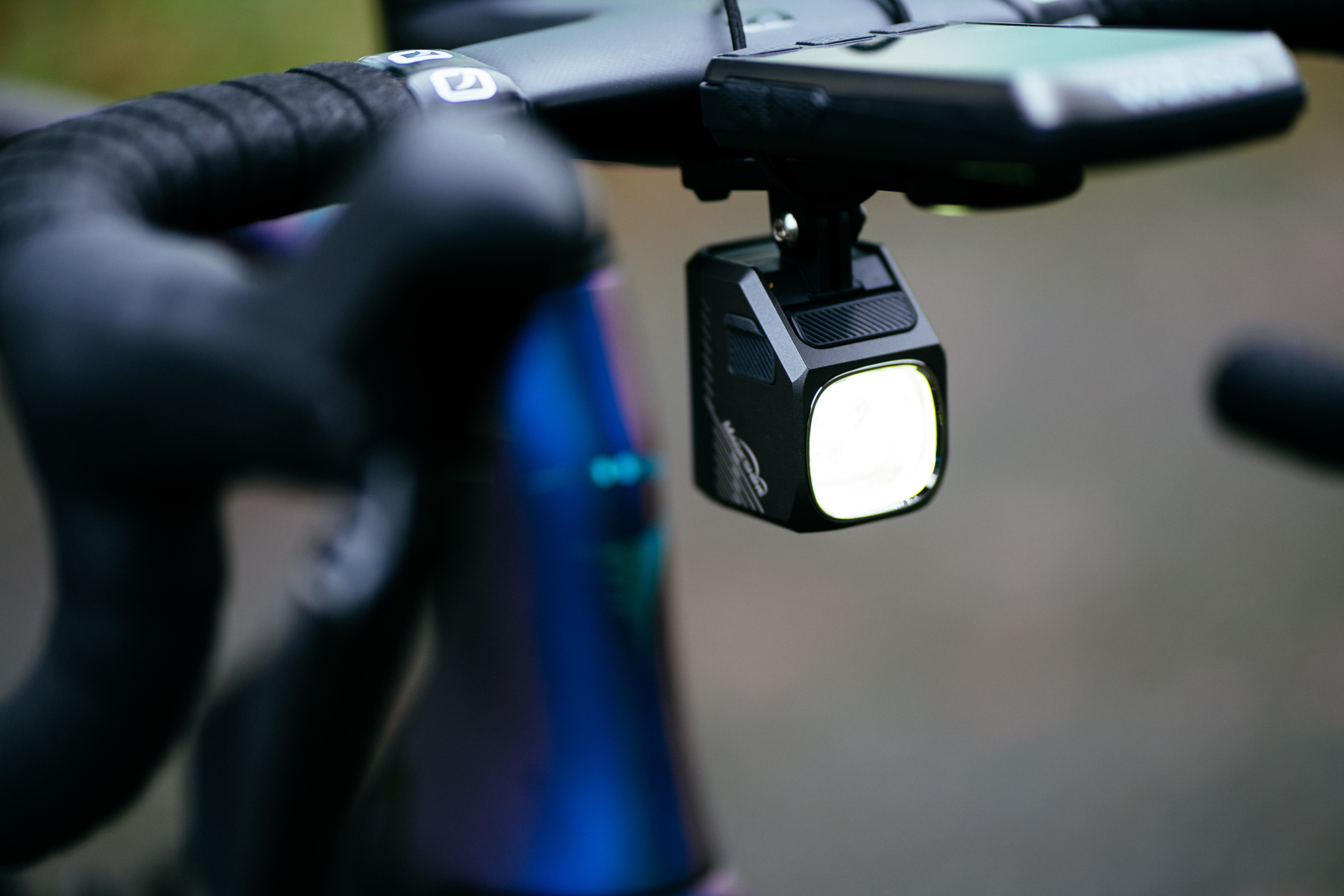
Remote control
Many modern smart bike lights come with small remotes that you can connect to your bars near your shifters to allow you to control them without taking your hands off the bars. With more and more of us after a really neat bike light setup, with the light slung under a bike computer, this is increasingly useful, as fiddling around trying to find the light buttons under your bars is tricky at best, and dangerous at worst.
Motion sensors
A new feature on some smart lights such as the Wahoo Trackr Radar and Trek Ion and Flare lights is that once they are connected to your bike computer, they detect when you are setting off for a ride and will turn on automatically. A useful one if, like me, you set off only to realise you have forgotten to turn your lights on. They also often default to the last used setting so no more cycling through every flash and beam pattern to find your desired one.
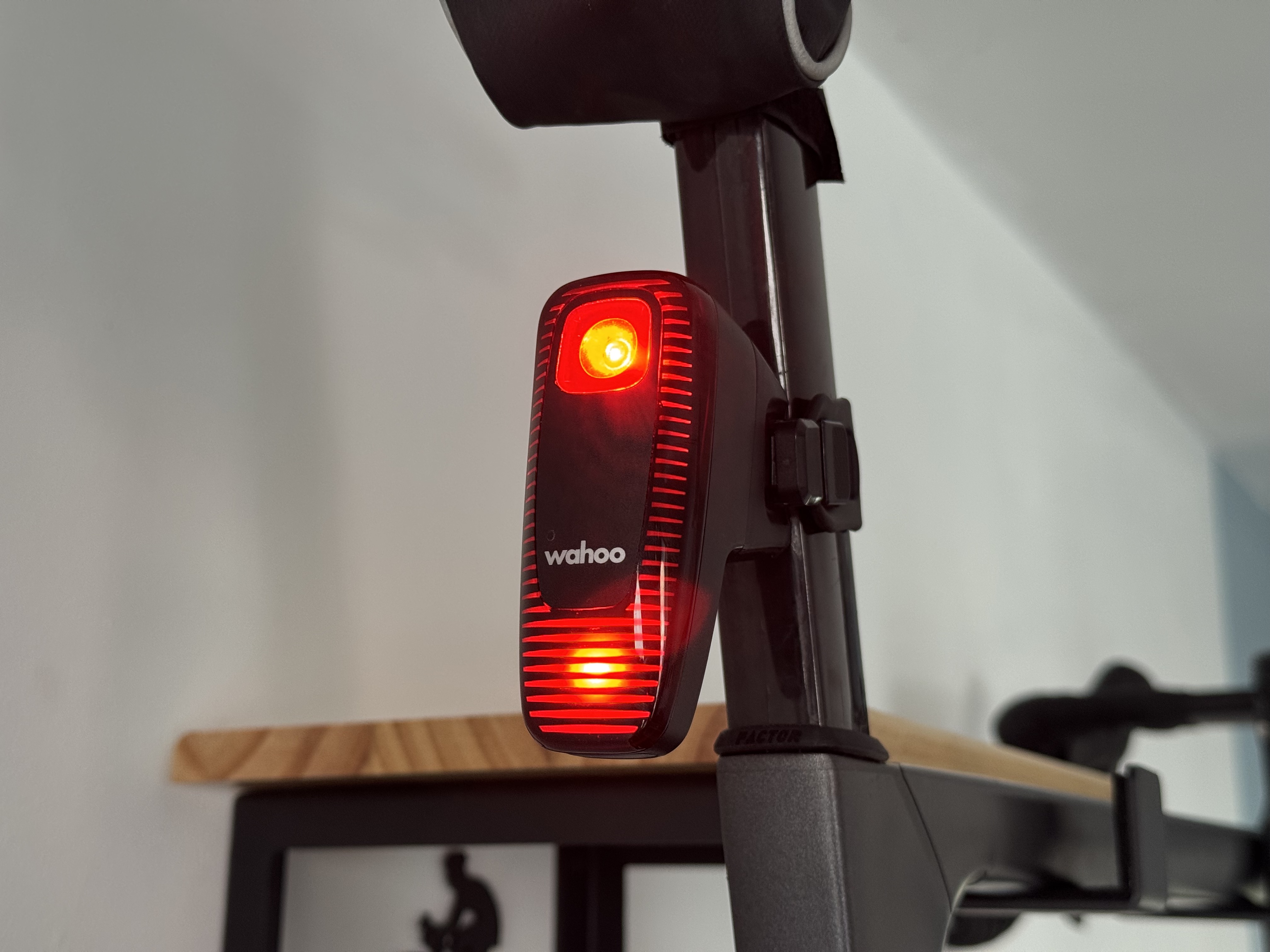
Ambient light sensor
Given that many bike lights have a lot of different modes for different conditions, you might be riding at dawn or dusk and find you have to change mode several times in a ride to get the optimum brightness. Enter, the ambient light sensors. The Trek Ion and Flare are back again and this time with their ambient light sensor. As the light levels dip or increase, so too do the lumens to provide greater or less illumination to optimise brightness and power usage.
The latest race content, interviews, features, reviews and expert buying guides, direct to your inbox!
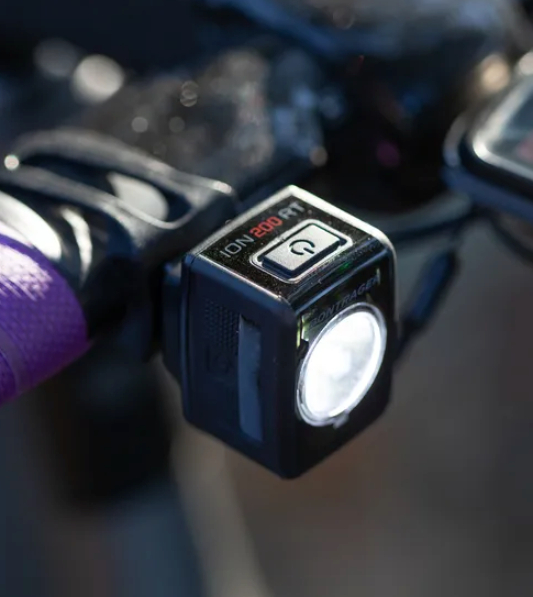
Power saver
One of the most annoying things that can happen on a ride is the unexpected diminishing of your light as the battery runs flat in the pitch black. Some lights, such as the Knog Blinder 600, have a smart setting where once it drops to around 5% battery, it drops to a lower power mode that then lasts for more than another hour. Generally if you’ve been caught short with your light not having enough juice, you won’t be at the beginning of a pitch black adventure. This feature has saved me a couple of times from riding in relative darkness with no light. A not-as-powerful light is always better than none.
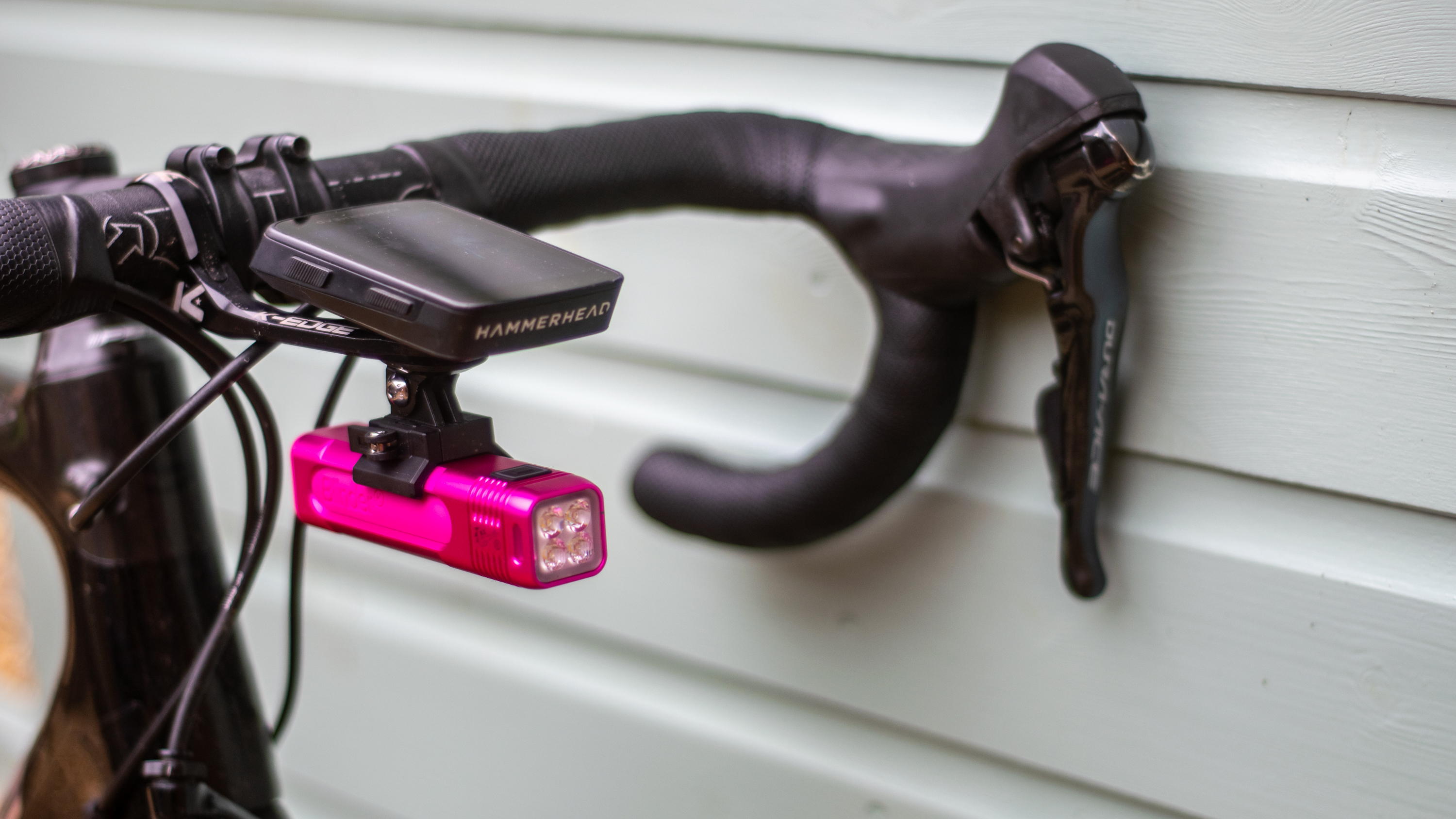
Radar
Something that has become common place in cycling light brand line-ups over the last few years are radar systems. Garmin was first on the market with the Varia, now Wahoo has the Trackr Radar, Trek the Carback, and Magicshine the SEEMEE R300.
These lights use a radar system at the rear which detects when approaching traffic is bearing down upon you from behind. They link to phone apps or bike computers, and often have visual aids showing the distance of the car and the speed differential, either as normal or fast. This then alerts you, the rider, so you can be aware of what’s coming up. Several of these lights also employ a disruptive flash pattern once a car is detected to grab attention and make you more visible to anyone not paying enough attention.

Brake lights
Another more common feature in smart lights now are brake lights. Given that, in city centres especially, bikes are often travelling at a similar speed to surrounding cars, it boggles my mind that it’s taken this long to implement brake lights.
The lights are fitted with accelerometers that detect when the speed is decreasing , and either provide a flash pattern, or more usually a surge in brightness to act as a brake light would. Given that when cycling in busy environments there are lots of things for people to focus on, a brake light draws a lot of attention to any changes in speed you might be doing and helps keep other road users more aware. The mighty Magicshine SEEMEE300 is a prime example of a brake-capable light.
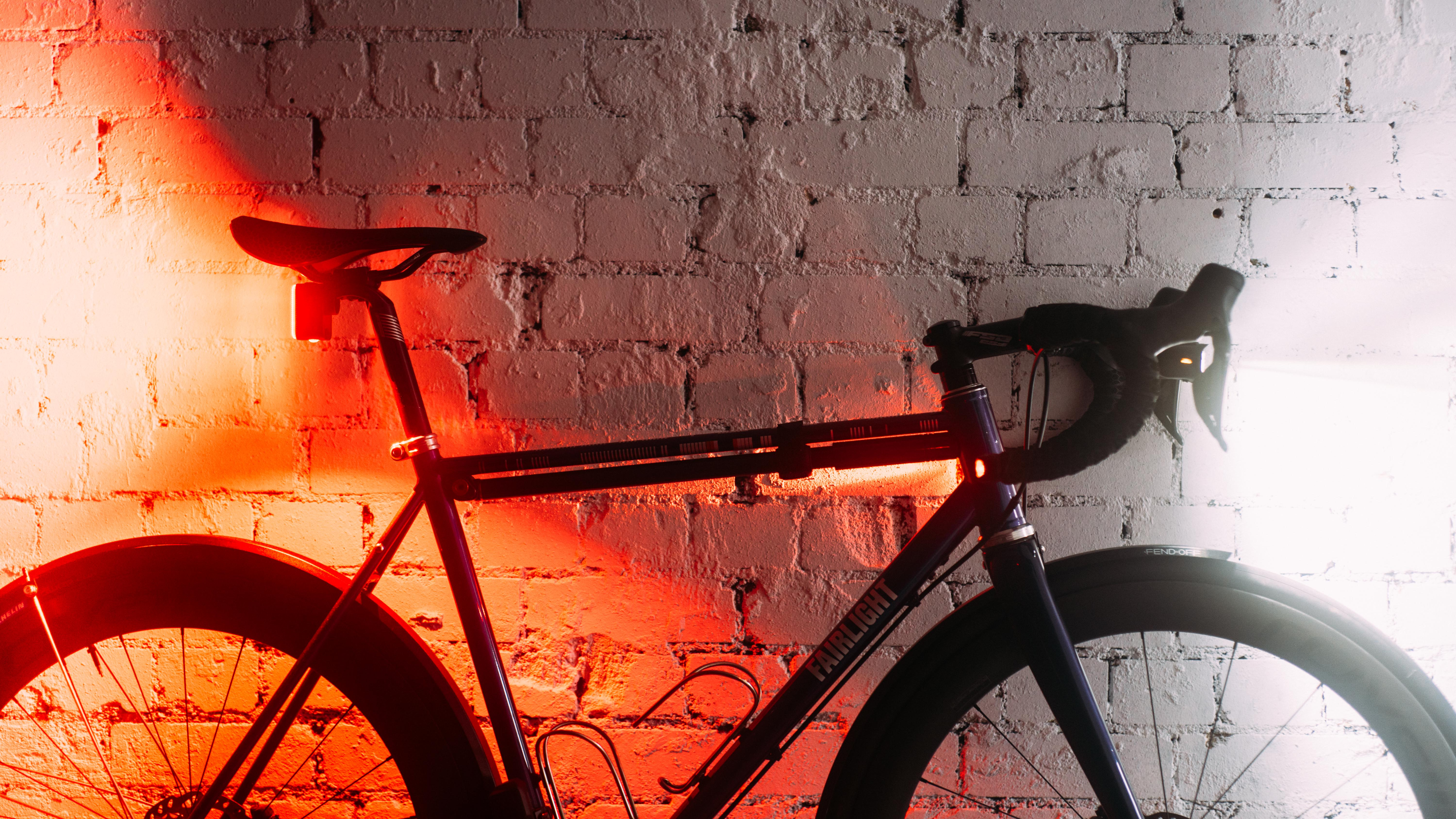
Peloton mode
I do quite a lot of evening group rides, and to ride out and back from those I want to have a light on for safety. However, when riding in a bunch, the last thing anyone wants is a bright red light flashing brightly in their eyes.
Lights like the Exposure BoostR Reakt + Peloton have a feature called Peloton mode. This detects when a rider has their front light on behind you, and automatically dims the rear light. When no one is behind you, it goes back to full brightness. Of course this relies on other riders having a front light active, but helps keep the bunch illuminated but not blinded.
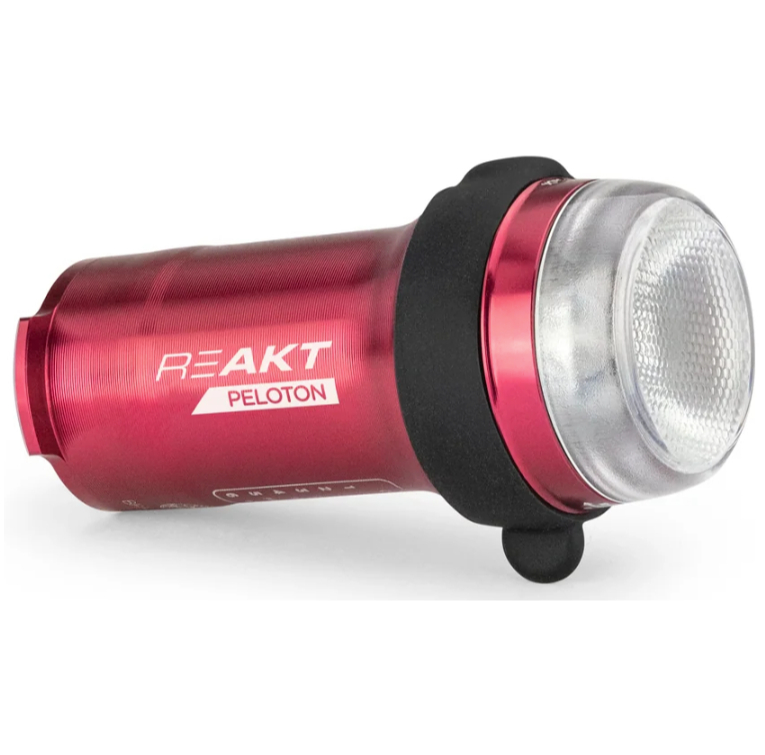
Dimming
The Garmin Varia front light, Exposure Strada MK12 SB ACTIV, and Magicshine Ray 2600B all feature automatic dimming features. Given that when cycling, we tend not to fit front lights with much consideration of how those might impact other road users, this is a brilliant idea.
When detecting oncoming cars with lights on, these lights will dip their beams automatically so as not to dazzle other road users. In the case of the Strada, with 1700 lumens on offer, this is important as it could easily dazzle oncoming cars at 'full beam'.

Theft alarm
A more limited feature, but a great one for city commuters. Lights such as the See.Sense Icon 3 have a smart feature built in that tells your phone if the bike has been moved. You have to be in Bluetooth range of the light, but if someone moves it unbeknownst to you, it will trigger an alarm on your phone so you can rescue your bike. You just have to manually arm and disarm this feature.
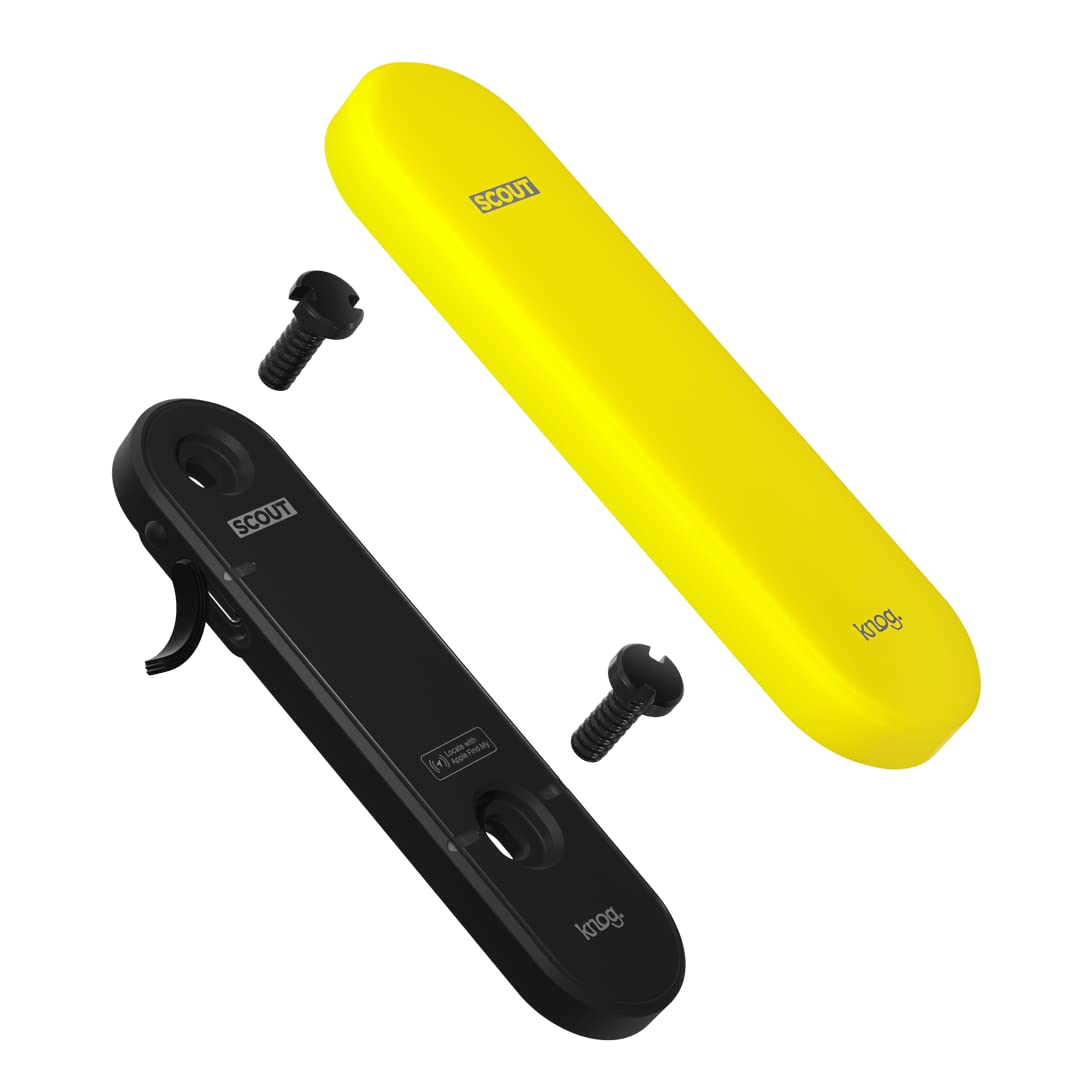
Cameras
Although not commonplace, I’ve seen smart lights and cameras used to great effect by riders to capture either cool footage from rides, or more importantly grab details of drivers committing crimes against them. Having been hit by cars, but fortunate enough that drivers stopped, provided correct details, and admitted fault, this is a great feature to give you peace of mind and add security for yourself.
The Garmin Varia RCT715 rear light and Varia Vue front light provide camera footage alongside functioning as a light and radar unit. It’s not as high definition as the likes of a GoPro Hero, DJI, or Insta360 camera, but it often provides clear enough footage to record any incidents as well as registration plates. You don’t have to save footage all the time, but in the event of an incident it saves it automatically around when it happens.

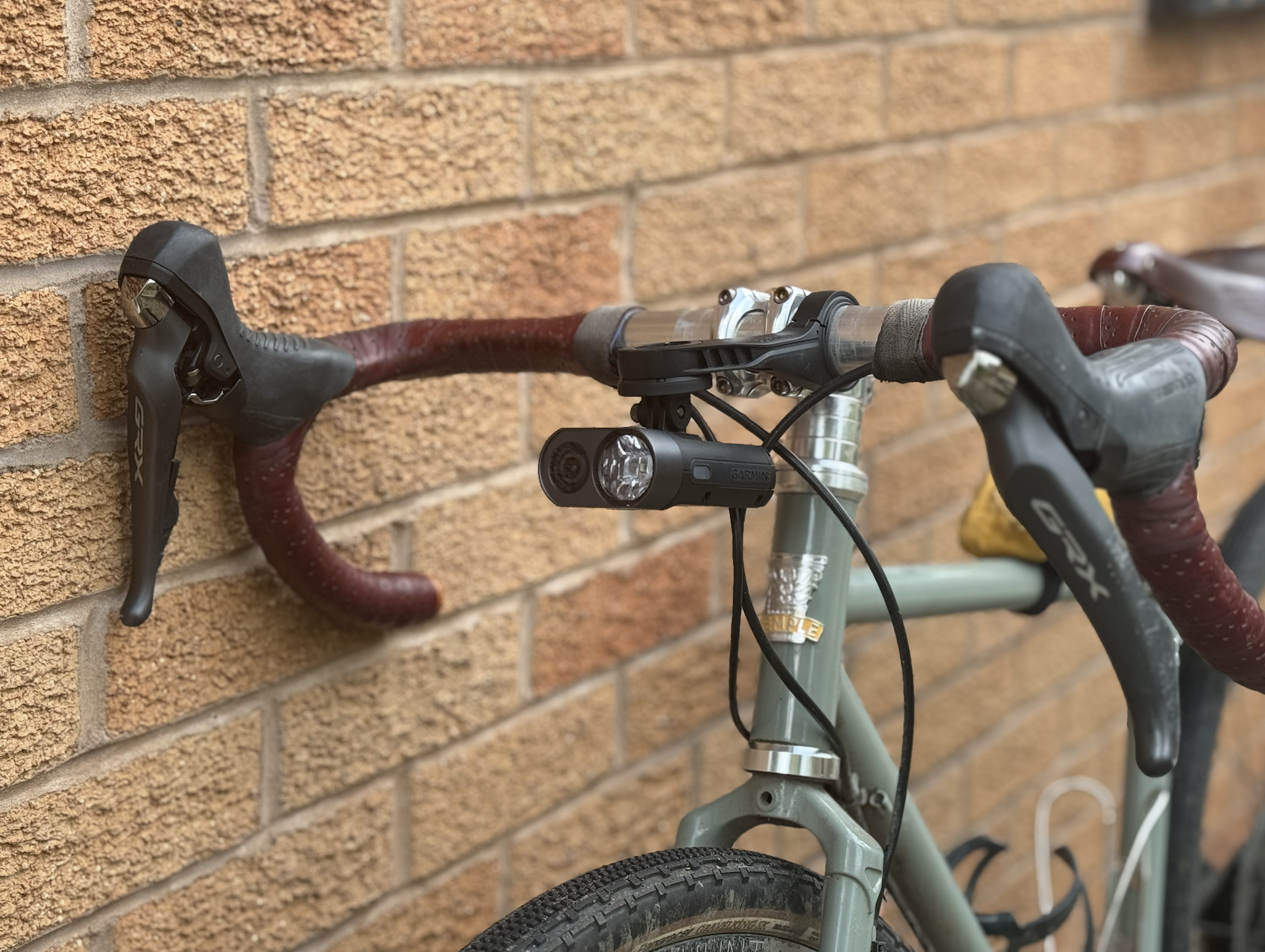
Which features do you really need?
As with all tech, there's an amount of picking your features to do here. If you never ride in a group then Peloton mode is not going to be worth paying for, but if you're forgetful then low-battery modes, and motion sensing may be extremely helpful. If you ride in the city then brake light functionality is really useful, as it is in bunch riding too at night, but if you're out on your own on country lanes then a radar is probably going to be a better use of your hard-earned cash.
I personally now ride with a smart radar light for every single ride I do, while I have a front dimming light on as well. This works for me, while I know other folks here at Cyclingnews are perfectly content using lights that just switch on and off with a button, so don't be tempted to spend big on every feature just so you have the full suite.

Freelance cycling journalist Andy Turner is a fully qualified sports scientist, cycling coach at ATP Performance, and aerodynamics consultant at Venturi Dynamics. He also spent 3 years racing as a UCI Continental professional and held a British Cycling Elite Race Licence for 7 years. He now enjoys writing fitness and tech related articles, and putting cycling products through their paces for reviews. Predominantly road focussed, he is slowly venturing into the world of gravel too, as many ‘retired’ UCI riders do.
When it comes to cycling equipment, he looks for functionality, a little bit of bling, and ideally aero gains. Style and tradition are secondary, performance is key.
He has raced the Tour of Britain and Volta a Portugal, but nowadays spends his time on the other side of races in the convoy as a DS, coaching riders to race wins themselves, and limiting his riding to Strava hunting, big adventures, and café rides.
You must confirm your public display name before commenting
Please logout and then login again, you will then be prompted to enter your display name.
